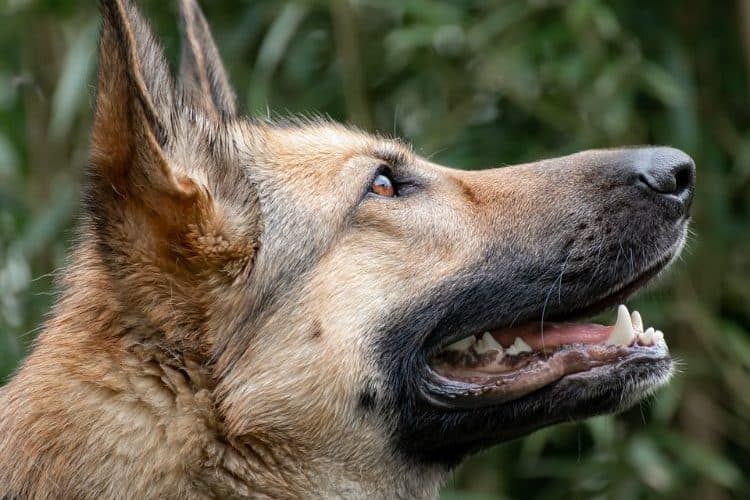From Miami, Florida, to a town north of London, England, researchers are working with dogs to train them to sniff out COVID-19. The illness has a particular scent that dogs, with 50 times more olfactory receptors than humans, can detect. Currently, Florida International University in Miami is planning to put the dogs to work this spring in an effort to slow the spread of the virus among students and staff.
Since early 2020, SARS-CoV-2, the virus responsible for the illness known as COVID-19, has been making its rounds throughout the world. Currently, over 500,000 Americans have died from COVID-19 and its associated complications. At times, testing has been hard to come by; in some areas, it is not widely available, and while some people are able to get tested for free, others have had to pay for the tests. In addition, rapid tests have questionable accuracy, particularly when they show a negative result. This has made it difficult to contain the spread of the illness by simply requiring testing.

Florida International University researchers say that the dogs are able to detect or rule out COVID-19 approximately 90 percent of the time. When used in settings where quick screening is necessary, such as on a college campus or at a Miami Heat basketball game, COVID-sniffing dogs provide a safe, non-invasive, and safe way for their handlers to determine who might need further screening before entering.
Does the virus itself have a scent? No, explains James Logan, a disease control specialist in England. Instead, the illness causes changes in the body that can lead to detectable odors on the skin and in the breath. These odors are what the dogs are trained to react to.
Since dogs have about 300 million olfactory receptors (compared to the 6 million or so that humans have), they are able to sense odors that humans simply cannot. In addition, the part of their brain that is designed to process scents is 40 times larger than the part of human brains designed to perform the same function. Dogs are also hardwired to be attracted to new or novel scents. All of these factors work together to make it possible for a dog to detect the scent of a substance as small as a drop of water in 20 Olympic-sized swimming pools.
The way that a dog detects odor is different from the way that a human smells scents. First, instead of inhaling in and out through the nose and detecting scents that way (like humans do), dogs take very shallow inhalations, up to 300 per minute, when they are sniffing a particular odor. And rather than the air simply escaping out of their nostrils, some of it goes out the slits on the sides of the dogs’ noses. These slits house the olfactory receptors that let dogs detect whatever scent it is they are trained to signal for.

Most people know that dogs can reliably sniff out drugs and bombs. Airline passengers have probably seen dogs being walked around airports to detect various substances. Dogs are also used to track people who have been reported as missing as well as to locate the bodies of those who have died by various means.
Asking dogs to sniff out signs of disease is not limited to COVID-19. Dogs can reliably sniff out lung and breast cancer by detecting compounds in the breath of individuals affected by these diseases. In fact, one study found that dogs can detect signs of these cancers up to 95 percent of the time. In addition, some service dogs are trained to detect the signs that their owner might have an epileptic seizure. While some researchers believe that the dogs are reacting to body language, others believe that their finely tuned sense of smell is the reason that they can make an accurate prediction. Trained dogs can also detect the drop in blood sugar in diabetics due to a rise in isoprene, a chemical in the breath. In these cases, the well-trained canine nose knows when it comes to helping doctors and patients manage chronic diseases.
In the future, it is likely that dogs will be used to screen for COVID-19 at hospitals, stadiums, airports, universities, and other places where large crowds tend to congregate? Nobody knows what the future might hold, and more studies will need to be done. Tommy Dickey, PhD, a professor at the University of California in Santa Barbara, says that because quick and accurate screening and detection of those carrying COVID-19 is necessary in order to stop the spread of the disease, using trained scent-detection dogs could be a promising approach to controlling the pandemic.
Featured Image Courtesy: Pixabay.







